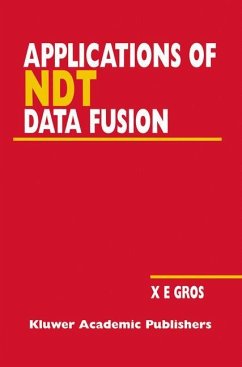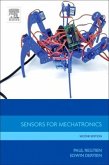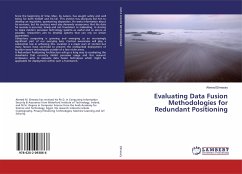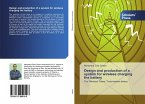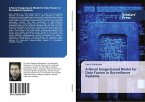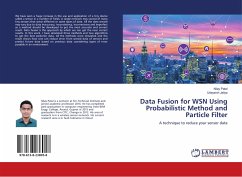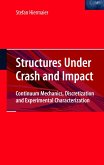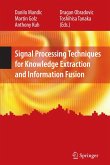Non-destructive testing (NDT) systems can generate incomplete, incorrect or conflicting information about a flaw or a defect. Therefore, the use of more than one NDT system is usually required for accurate defect detection and/or quantification. In addition to a reduction in inspection time, important cost savings could be achieved if a data fusion process is developed to combine signals from multisensor systems for manual and remotely operated inspections. This gathering of data from multiple sources and an efficient processing of information help in decision making, reduce signal uncertainty and increase the overall performance of a non-destructive examination. This book gathers, for the first time, essays from leading NDT experts involved in data fusion. It explores the concept of data fusion by providing a comprehensive review and analysis of the applications of NDT data fusion. This publication concentrates on NDT data fusion for industrial applications and highlights progress and applications in the field of data fusion in areas ranging from materials testing in the aerospace industry to medical applications. Each chapter contains a specific case study with a theoretical part but also presents experimental results from a practical point of view. The book should be considered more as a pragmatic introduction to the applications of NDT data fusion rather than a rigorous basis for theoretical studies.
Bitte wählen Sie Ihr Anliegen aus.
Rechnungen
Retourenschein anfordern
Bestellstatus
Storno

